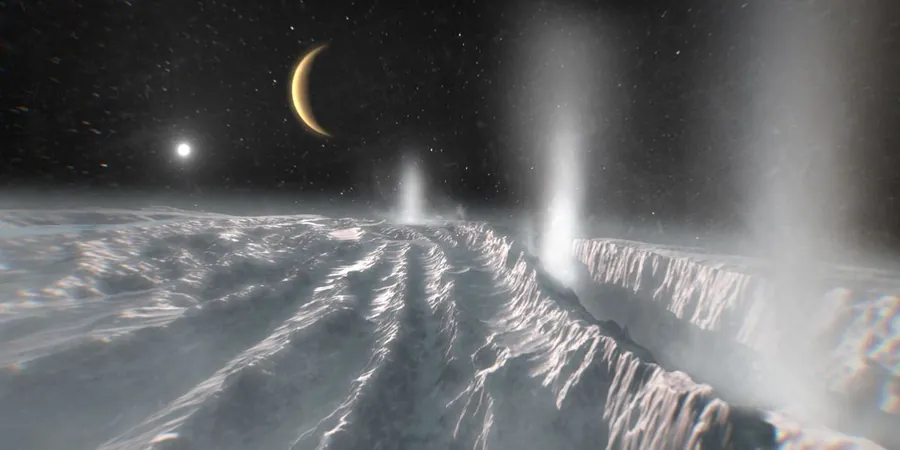
TIDYE-1b: The Baby Planet That’s Shaking Up Our Understanding of Formation in Space!
2024-11-28
Author: Sarah
Introduction
Astronomers have made an astounding discovery — TIDYE-1b, the youngest known transiting planet, is estimated to be just three million years old! This remarkable finding, revealed through the lens of NASA's TESS telescope, opens a new chapter regarding how we understand the formation of planets in our universe.
Groundbreaking Study
In a groundbreaking study published in the prestigious journal *Nature*, researchers from the University of North Carolina highlighted that TIDYE-1b, also referred to as IRAS 04125+2902 b, is still in its infancy. Lead author Madyson Barber enthusiastically explained how the discovery of such young planets allows scientists to 'travel back in time' and catch glimpses of the very processes that mold our celestial neighbors.
Detection of TIDYE-1b
Utilizing the transit method, astronomers detected TIDYE-1b by observing a temporary dip in its star’s brightness as the planet passed in front of it. This technique has not only helped identify this stunning young planet but also over a dozen others ranging from 10 to 40 million years old. What makes TIDYE-1b particularly fascinating is its distinction as the youngest transiting planet ever observed.
Observational Challenges
Usually shrouded by a gas and dust 'protoplanetary disc' that takes around five million years to dissipate, the young planets can often go unnoticed. However, the tilted orbit of TIDYE-1b offers a rare opportunity for observation, enabling astronomers to see it despite the surrounding debris. This unique positioning allows astronomers to gain critical insights into an era of planet formation that has largely remained a mystery.
Understanding Planet Formation
Co-author Andrew Mann, an astronomer at UNC Chapel Hill, has pointed out that the timeline for planet formation still eludes researchers. Larger planets like TIDYE-1b must form rapidly to secure enough gas from the protoplanetary disc before it fades away. The ongoing research poses important questions about the mechanics of such formations and the lifecycle of gas giant planets.
Characteristics of TIDYE-1b
TIDYE-1b orbits its star with a startling rapidity, completing a rotation roughly every nine days. Its characteristics suggest it is an early-stage example of a 'super-Earth' or 'sub-Neptune' — types of planets that are generally absent in our solar system but frequently identified throughout the Milky Way galaxy. With a diameter approximately 11 times that of Earth, TIDYE-1b presents an intriguing challenge: its lower density hints at a vastly different composition than our home planet.
Conclusion
As scientists continue to unlock the secrets of this remarkable baby planet, one thing is sure: TIDYE-1b may be a small part of the cosmos, but it opens a massive door to understanding how planets like our own might have come into being. Buckle up, astronomy enthusiasts — the journey into the very fabric of planet formation is just beginning! Stay tuned for more thrilling updates as we delve deeper into the mysteries of the universe.


 Brasil (PT)
Brasil (PT)
 Canada (EN)
Canada (EN)
 Chile (ES)
Chile (ES)
 España (ES)
España (ES)
 France (FR)
France (FR)
 Hong Kong (EN)
Hong Kong (EN)
 Italia (IT)
Italia (IT)
 日本 (JA)
日本 (JA)
 Magyarország (HU)
Magyarország (HU)
 Norge (NO)
Norge (NO)
 Polska (PL)
Polska (PL)
 Schweiz (DE)
Schweiz (DE)
 Singapore (EN)
Singapore (EN)
 Sverige (SV)
Sverige (SV)
 Suomi (FI)
Suomi (FI)
 Türkiye (TR)
Türkiye (TR)